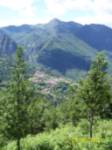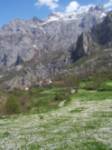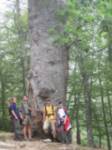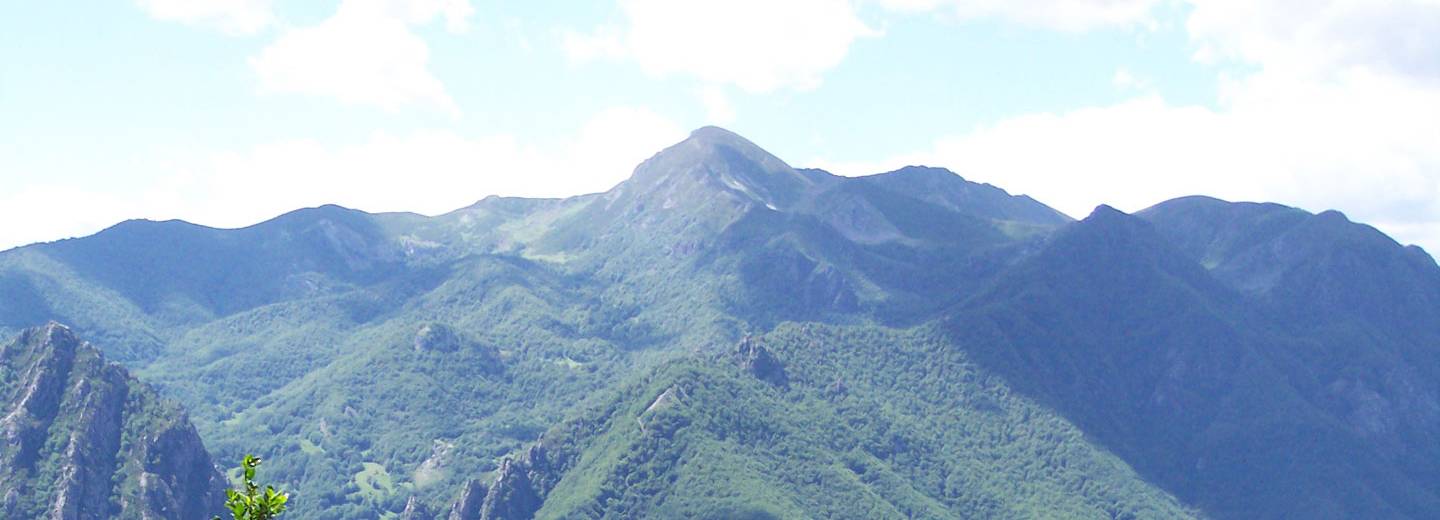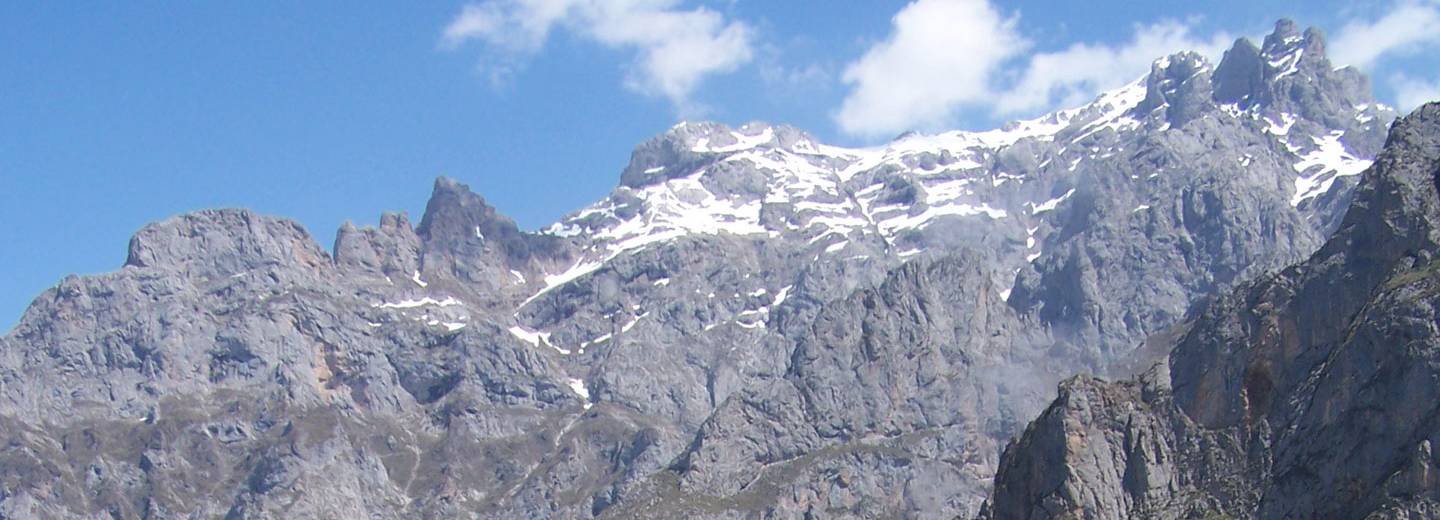Picos de europa mountains
These mountains are situated in the Cantabrian Range; together with the National Park of the same name, they form a spectacular mountain landscape rising up between the provinces of Asturias, Cantabria and León.
They are known to have been inhabited by Man since the Upper Palaeolithic Age (between 35,000 and 10,000 years ago). Traces of these primitive inhabitants, who were essentially hunters, can be seen in a large number of caves, the site of the remains of bones, utensils and magnificent cave paintings, which have recently been included on the World Heritage List.
The breathtakingly beautiful mountain scenery and the exceptional network of hiking trails attract visitors from all over the world. The most stunning of these trails is possibly the Cares Route that runs parallel to the spectacular River Cares, following a ravine whose side walls are separated on some stretches by mere tens of metres, nestling at the foot of the impressive waterfalls that drop down almost vertically for more than 1,500 metres from the peaks of this mountain range.
Declared
Statement date: 7/10/2003
Category: Biosphere Reserve (64,315 ha.)
Location: Comunidades Autónomas del Principado de Asturias y de Cantabria, y Provincia de León, en la Comunidad Autónoma de Castilla y León
- Municipalities in the province of León:
- Oseja de Sajambre,
- Posada de Valdeón
Population: 1.186 habitantes
Managers: Comisión de Gestión del Parque Nacional de los Picos de Europa
Address: c/ Arquitecto Reguera nº 13, escalera B, 1º. 33004 Oviedo (Principado de Asturias).
Phone: 985 241 412
Other protection:
Region / Province biogeographical: Eurosiberiana / Atlántica
Route
Natural Espace
Picos de Europa
The National Park of Picos de Europa is one of Spain’s leading natural treasures, ranking somewhere between three autonomous communities, Castilla y Leon, Asturias and Cantabria. It comprises three distinct[...]




